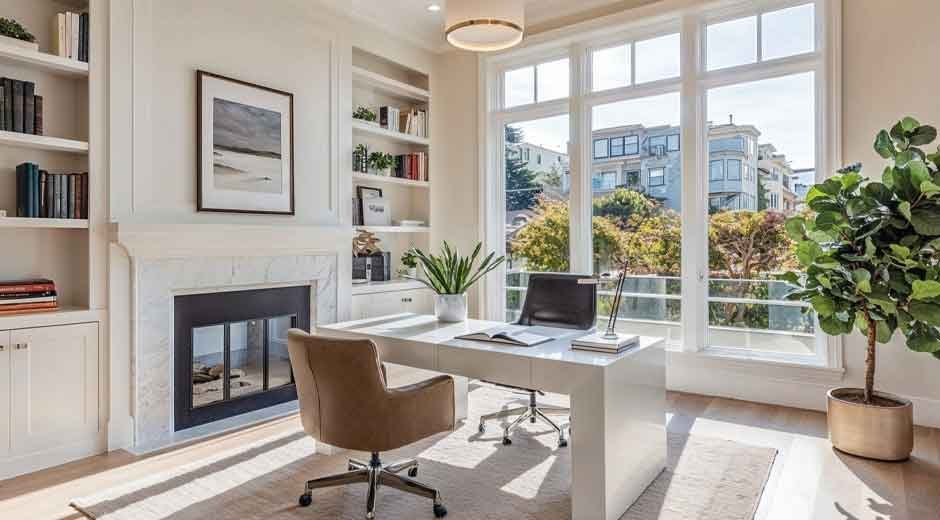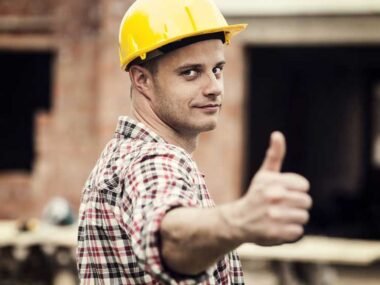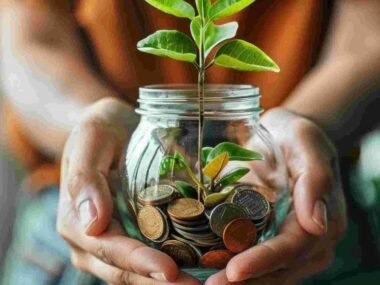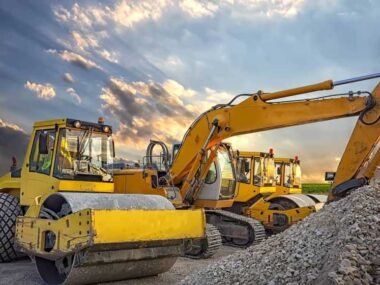Modern office design has come a long way; in 2025, it’s clear it’s no longer just about looking good. The focus now is on creating spaces that genuinely support how teams work, feel, and interact. Today’s workplaces are smarter, more comfortable, and more adaptable than ever.
Flexible Layouts for Dynamic Work Styles
Office layouts aren’t one-size-fits-all anymore. These days, it’s all about flexibility. Whether it’s a quiet corner for focused work or a relaxed area for brainstorming sessions, modern offices are built to switch things up.
Modular furniture, movable walls, and multipurpose zones have become the norm. This flexibility helps businesses support different working styles and makes better use of space. Activity-based working, where employees choose where to work based on their tasks, continues to gain traction. It’s a smart approach that keeps teams productive and spaces efficient.
Biophilic Design and Wellbeing
It turns out, bringing a bit of nature indoors does wonders. Biophilic design, which includes things like plants, natural light, and organic textures, is a staple in offices this year. Not only does it look great, but it’s also been found to contribute to increased job satisfaction, reduced stress levels, and enhanced productivity.
Beyond greenery, wellbeing is being built into office design in other ways too. Think meditation rooms, ergonomic chairs, and lighting that matches the body’s natural rhythms. These small touches can make a big difference in how people feel throughout the day.
Sustainability as Standard
Eco-conscious design isn’t a trend anymore; it’s expected. More companies are looking for ways to cut down on waste, lower emissions, and make more sustainable choices across the board.
Furniture and fittings are a big part of that shift. Businesses are moving away from buying everything brand new and instead sourcing high-quality second-hand pieces. Choosing suppliers like FIL Furniture New Zealand is one way companies are furnishing sustainably while keeping things stylish and functional.
Energy-efficient lighting, low-emission materials, and certifications like Green Star are also playing a bigger role in helping workplaces reduce their environmental impact.
Technology-Infused Workspaces
Tech is everywhere, and the office is no exception. Today’s workspaces are packed with smart features designed to make life easier and more connected.
Sensors help manage lighting and climate control. Video conferencing setups are sharper and simpler than ever. Even meeting rooms can be booked with a few taps or voice commands. All this tech supports hybrid work, keeps things running smoothly, and helps teams stay connected no matter where they are.
Purposeful Design That Reflects Culture
Office design is becoming a reflection of company identity. Everything from the colours on the walls to the layout of the space says something about what a business stands for.
Creative agencies might lean into bold, open spaces, while law firms may prefer a more classic and private setting. Regardless of style, the goal is the same: to build an environment where people feel like they belong and can do their best work.
Embracing Circularity in Design
One of the standout shifts in 2025 is the focus on circular design. Instead of buying and tossing, more businesses are choosing items that can be reused, repaired, or recycled.
This approach is especially visible when it comes to office furniture. It’s no longer unusual to see companies proudly using refurbished desks or repurposed chairs. Not only does it reduce waste, but it also makes financial sense and shows a genuine commitment to sustainability, something clients and employees notice.
Designing Spaces That Work for People
The modern office is no longer just a place to work; it’s a reflection of how businesses value their people, their purpose, and the planet. In 2025, the most successful workspaces are those that blend adaptability, wellbeing, sustainability, and technology into a cohesive, human-centred environment.
By embracing thoughtful design choices, from flexible layouts and biophilic elements to smart technology and circular practices, companies are creating offices that not only meet the needs of today’s workforce but also inspire better ways of working for the future.










